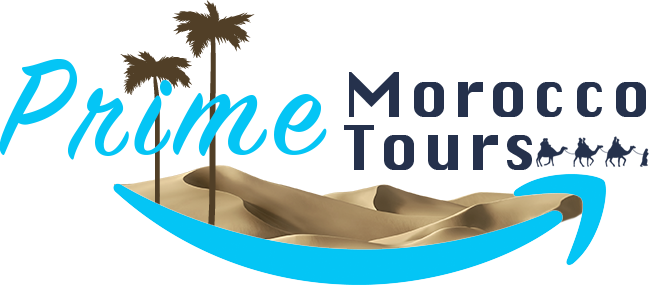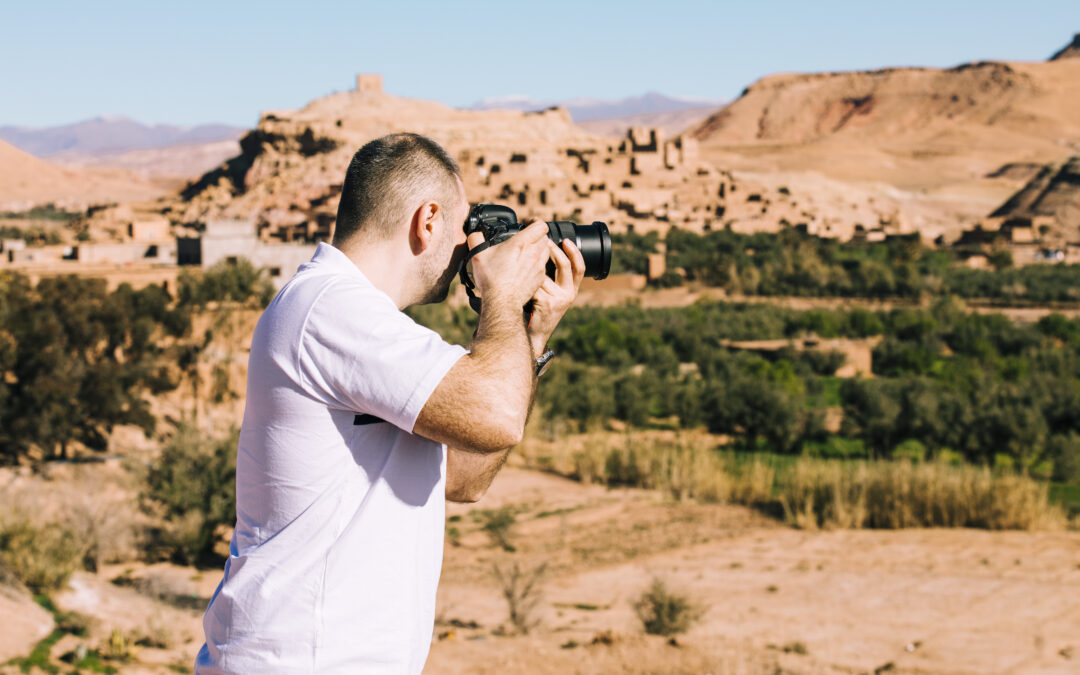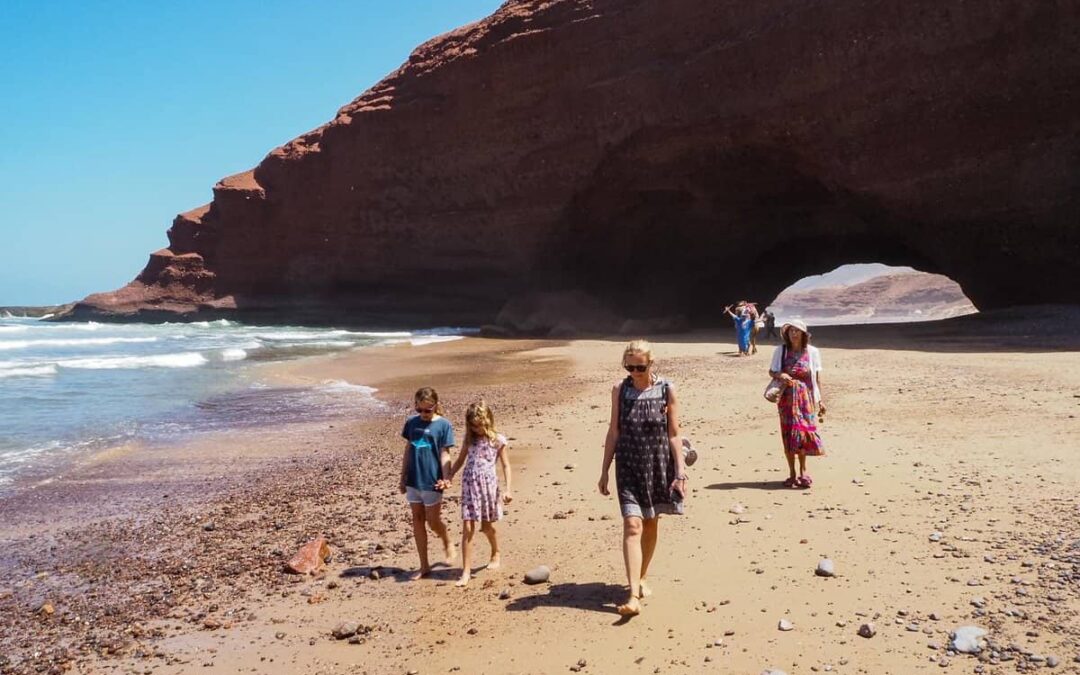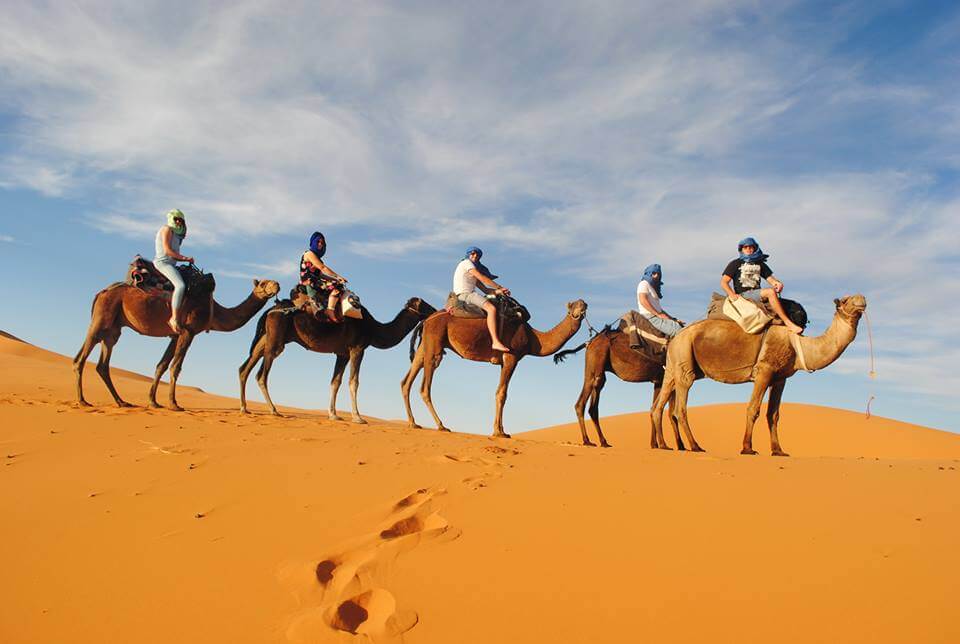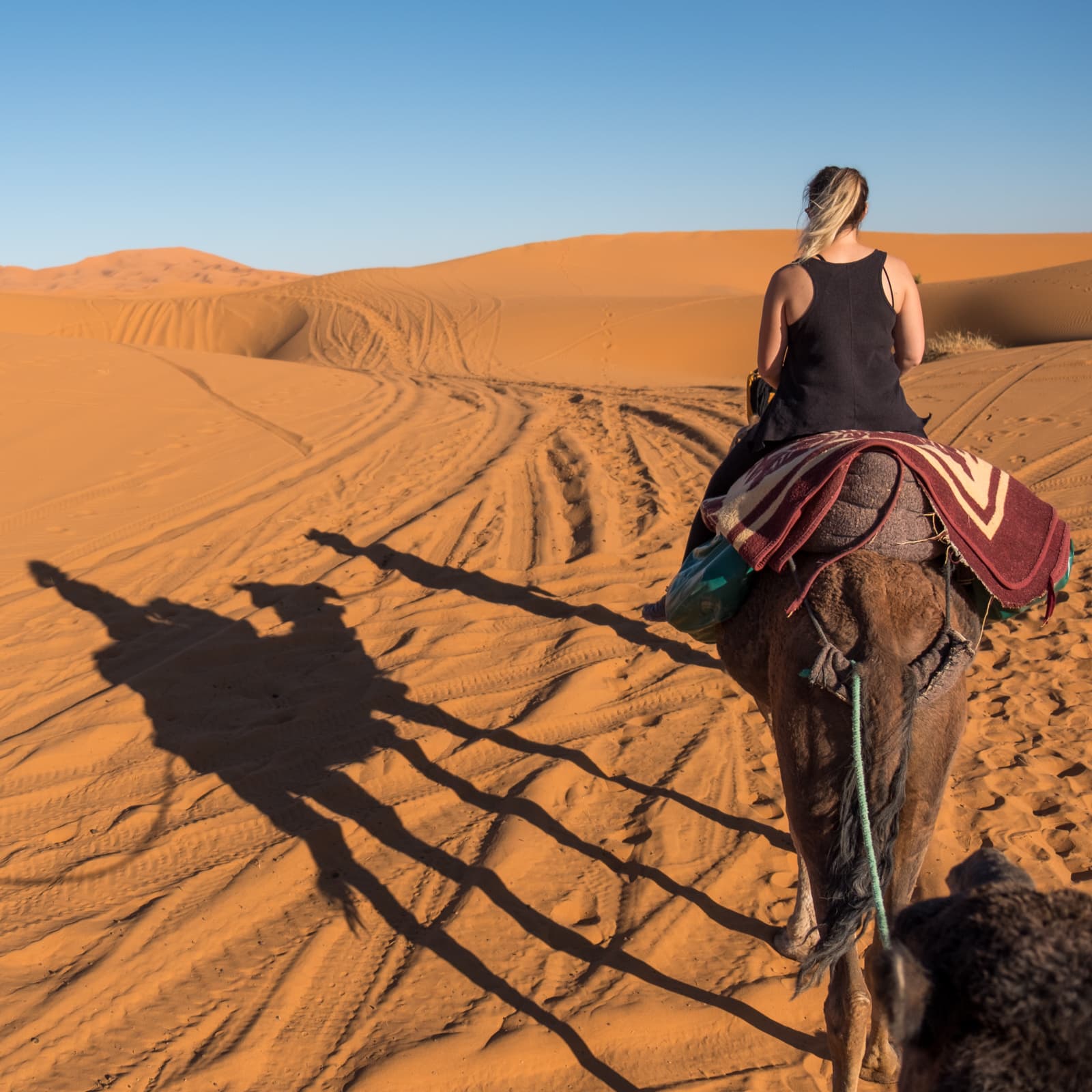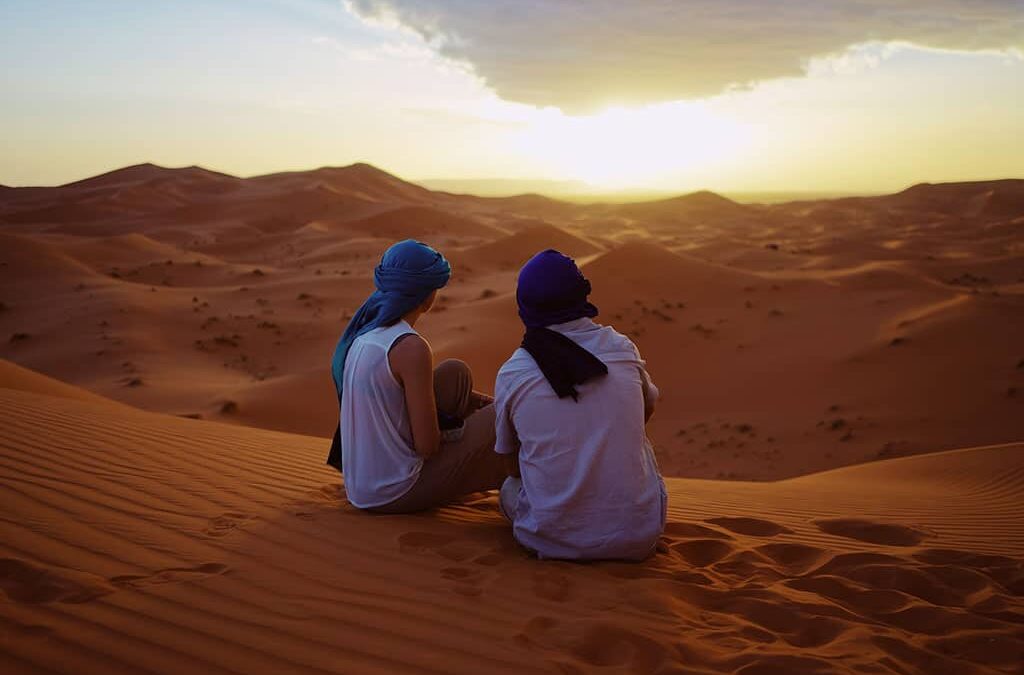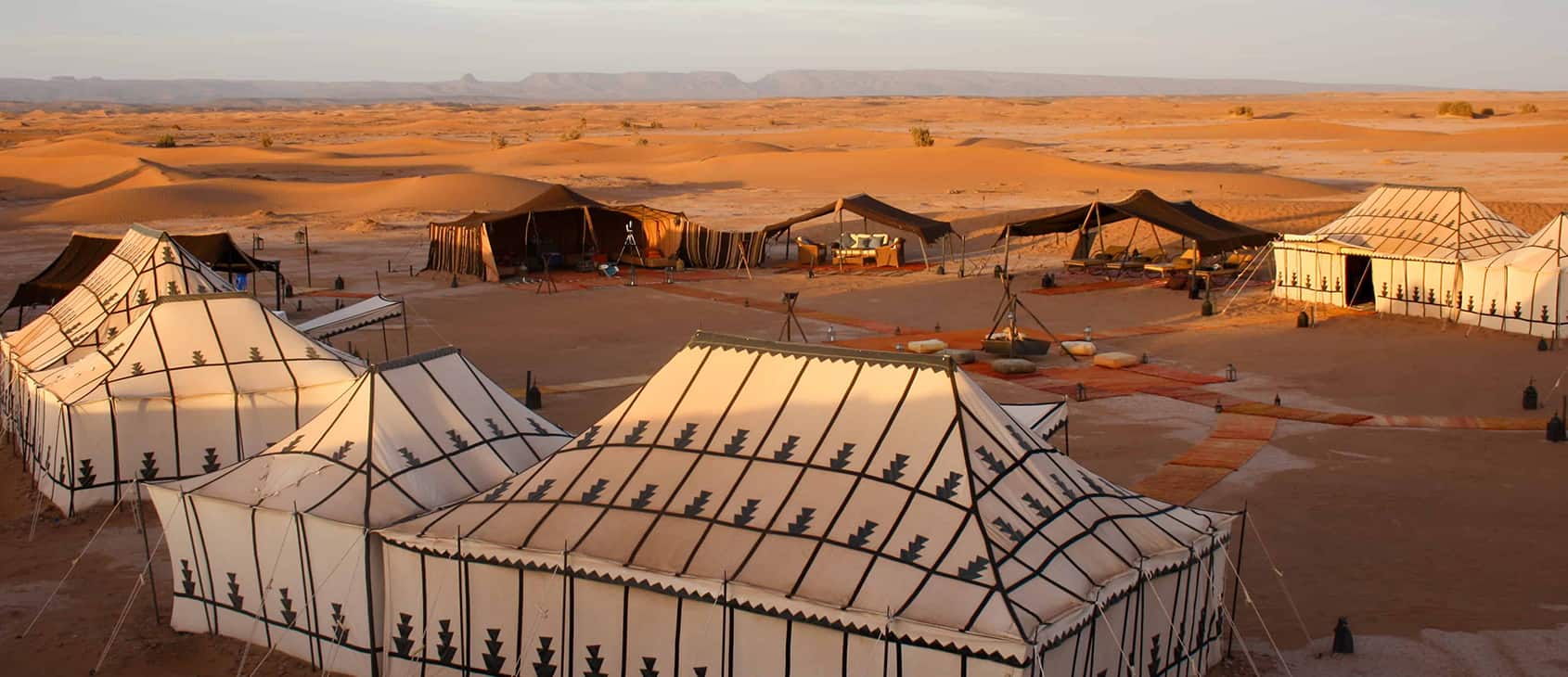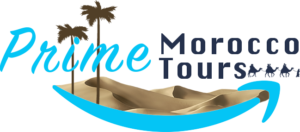
Hammams: A First-Timer’s Guide to Morocco’s Traditional Baths
Hammams: A First-Timer's Guide to Morocco's Traditional Baths
Morocco’s traditional hammams represent far more than simple bathhouses—they are cultural institutions deeply woven into the social fabric of Moroccan life. For centuries, these steam baths have served as places of purification, socialization, and ritual, blending Islamic traditions with local customs. For visitors, experiencing a hammam offers not just physical cleansing but a genuine immersion into Moroccan culture. This comprehensive guide will prepare you for every aspect of this unique experience, from understanding its cultural significance to navigating the practical details of your first visit.
Understanding Hammam Culture in Morocco
The hammam holds a sacred place in Moroccan society, serving both practical and social functions that extend far beyond hygiene. Rooted in Islamic purification rituals, these steam baths traditionally provided the primary means of cleansing before Friday prayers and religious festivals. Beyond their religious significance, hammams function as social hubs where communities gather, exchange news, and strengthen bonds. For Moroccan women particularly, hammams have historically served as rare spaces where they could socialize freely outside their homes, creating a distinctive feminine culture of storytelling, matchmaking, and intergenerational connection. The experience represents a ritualistic journey—beginning with the preparation of supplies, moving through various temperature rooms, and concluding with tea and relaxation. Understanding this deep cultural context transforms the hammam from a mere tourist activity into a meaningful cultural immersion that reveals the heart of Moroccan community life.
Types of Hammams: Traditional to Luxury
Morocco offers diverse hammam experiences ranging from basic local establishments to luxurious spa-like settings. Traditional neighborhood hammams serve local residents and provide the most authentic cultural experience. These no-frills establishments typically feature gender-segregated sections with separate operating hours for men and women. Facilities are basic but functional, with three main chambers: the warm room for initial acclimation, the hot room for steaming and cleansing, and the cool room for relaxation and recovery. Visitors to traditional hammams must bring all their own supplies and perform treatments themselves or with assistance from friends. At the other end of the spectrum, luxury hammams operated by high-end hotels, riads, and spas cater specifically to visitors. These establishments offer private treatment rooms, professional attendants who perform all treatments, premium natural products, and beautifully designed spaces that blend traditional architecture with modern comfort. While significantly more expensive, these luxury experiences provide greater accessibility for first-time visitors through guided service and English-speaking staff.

Step-by-Step Hammam Ritual Process
The traditional hammam ritual follows a specific sequence designed for maximum purification and relaxation. The experience begins in the warm room where visitors spend 10-15 minutes allowing their bodies to acclimate to the heat and humidity while their pores gradually open. During this initial phase, attendants apply savon beldi, a thick, olive oil-based black soap that softens the skin and prepares it for exfoliation. After thorough application, visitors move to the hotter steam room where they remain for another 10-15 minutes, allowing the soap to penetrate deeply while sweating out impurities. The core of the experience follows as attendants use a kessa glove to perform a vigorous full-body exfoliation that removes layers of dead skin with remarkable effectiveness. This is followed by application of rhassoul clay, a mineral-rich substance from Morocco’s Atlas Mountains that detoxifies and nourishes the skin. The final stage involves a series of rinses with warm water from traditional buckets, a cooling down period, and often a massage with argan oil. The entire ritual typically concludes in a relaxation room where visitors sip mint tea while their body temperatures normalize.

Essential Supplies and Preparation
Proper preparation ensures you maximize your hammam experience while respecting local customs. For traditional hammams, you must bring all necessary supplies including savon beldi (black soap), a kessa exfoliation glove, rhassoul clay, argan oil for moisturizing, and two towels—one for use during the bath and another for drying afterward. Most traditional establishments rent basic supplies, but quality varies. Luxury hammams provide premium versions of all necessary products as part of their service package. Practical preparation involves hydrating thoroughly before your session, avoiding heavy meals for at least two hours beforehand, and removing all jewelry which can become uncomfortably hot in the steam rooms. First-time visitors should pack flip-flops for the wet floors, a plastic bag for wet items, and a water bottle to maintain hydration throughout the process. Those with long hair should bring hair clips or ties to keep hair off the face and neck during treatments. Most importantly, bring an open mind and willingness to embrace an unfamiliar but rewarding experience.

Etiquette and Health Considerations
Navigating hammam etiquette ensures a respectful and enjoyable experience for both visitors and local patrons. Dress modestly by wearing underwear beneath your pestemal (traditional wrap) and keeping it securely tied throughout treatments. Maintain quiet conversation and avoid loud behavior that might disrupt others’ relaxation. Traditional hammams operate on a cash-only basis, so bring sufficient local currency—typically 20-50 MAD for entry plus additional amounts for any rented supplies or requested services. In luxury hammams, tipping attendants 10-20% of the service cost is customary for good service. Health considerations are particularly important: avoid hammams if you have heart conditions, low blood pressure, or are pregnant. First-time visitors should limit initial sessions to 45-60 minutes and exit immediately if feeling dizzy or unwell. Those with sensitive skin should test products on a small area first, and everyone should avoid harsh exfoliation for 24 hours after treatment to allow skin to recover.

Recommended Hammams for First-Timers
Selecting the right establishment ensures an accessible introduction to hammam culture. In Marrakech, Les Bains de Marrakech offers a beautiful luxury experience with traditional architecture and professional service, while Hammam de la Rose provides excellent female-friendly services with English-speaking staff. Heritage Spa strikes a good balance between authenticity and visitor comfort. In Fes, Spa Laaroussa features stunning riad architecture with private hammam options, and Hammam Mernissi offers quality mid-range services. For those seeking ultimate luxury, the Four Seasons resorts in Casablanca and Marrakech, La Mamounia, and Royal Mansour hotels provide world-class hammam experiences blending traditional rituals with five-star amenities. First-time visitors might consider beginning with a luxury experience to learn the process before potentially venturing into more traditional neighborhood hammams for subsequent visits.

Health Benefits and Therapeutic Value
Several practical tips can significantly enhance your first hammam experience. Begin by choosing the right type of establishment based on your comfort level with unfamiliar cultural experiences—luxury hammams provide more hand-holding while traditional ones offer greater authenticity. Hydrate thoroughly before, during, and after your session to compensate for fluid loss through sweating. Communicate clearly with attendants about pressure preferences during exfoliation and any skin sensitivities before product application. Allow 2-3 hours for the complete experience rather than rushing through the ritual—the cooling down period is as important as the active cleansing phases. Manage expectations by understanding that the process can be intense, with vigorous scrubbing that might initially surprise those accustomed to gentler Western spa treatments. Finally, embrace the cultural aspect by observing local customs, engaging respectfully with staff and other patrons, and appreciating the centuries-old traditions that make the Moroccan hammam a unique wellness experience.
Essential Tips for First-Time Visitors
Several practical tips can significantly enhance your first hammam experience. Begin by choosing the right type of establishment based on your comfort level with unfamiliar cultural experiences—luxury hammams provide more hand-holding while traditional ones offer greater authenticity. Hydrate thoroughly before, during, and after your session to compensate for fluid loss through sweating. Communicate clearly with attendants about pressure preferences during exfoliation and any skin sensitivities before product application. Allow 2-3 hours for the complete experience rather than rushing through the ritual—the cooling down period is as important as the active cleansing phases. Manage expectations by understanding that the process can be intense, with vigorous scrubbing that might initially surprise those accustomed to gentler Western spa treatments. Finally, embrace the cultural aspect by observing local customs, engaging respectfully with staff and other patrons, and appreciating the centuries-old traditions that make the Moroccan hammam a unique wellness experience.
Conclusion
A traditional Moroccan hammam transcends mere cleansing to offer a profound cultural immersion. It reveals the soul of Morocco through its centuries-old rituals of community, purification, and holistic wellness. Whether in a neighborhood bath or luxury spa, the experience connects body, mind, and spirit to ancient traditions. The memories of steam-filled chambers, renewed skin, and deep relaxation linger long after departure. This authentic practice remains an essential journey into Morocco’s heart.
LUXURY HAMMAMS WITH LOCAL SOUL
Step into a centuries-old wellness tradition. Our curated hammam experiences guide you through authentic rituals—from black soap exfoliation to rhassoul clay—ensuring respect for local customs while you rejuvenate body and soul.
